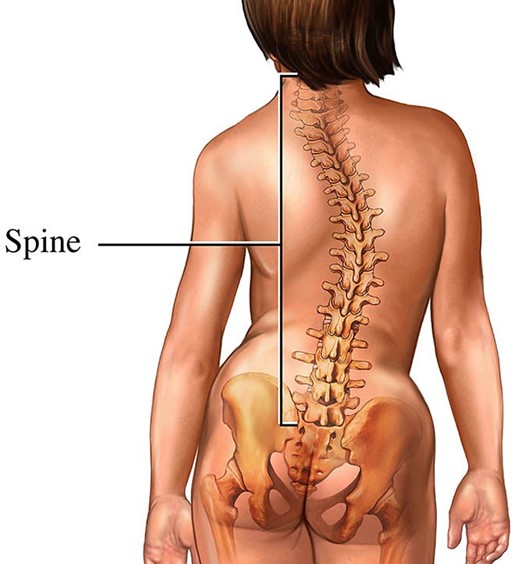A nurse is assessing a child and notes several bruises. Which of the following actions should the nurse take?
Ask a psychiatrist to talk with the parents.
Separate the child from the parents.
Report the suspected abuse to the authorities.
Obtain a detailed history.
The Correct Answer is D
a. While involving mental health professionals can be part of a broader intervention plan, it is not the immediate priority in cases of suspected abuse. The nurse must first address the immediate safety concerns and follow the required reporting procedures.
b. Separating the child from the parents without proper authority or immediate threat can escalate the situation and may not be legally permissible. This action should be taken by authorities with the legal power to do so if deemed necessary.
c. Nurses are mandated reporters, which means they are legally required to report any suspected child abuse to the appropriate authorities immediately. This action ensures that the child’s safety is prioritized and that a proper investigation can be initiated however, obtaining a detailed history is the priority.
d. When a nurse observes several bruises on a child, the initial action should be to obtain a detailed history. This step allows the nurse to gather information about the circumstances surrounding the bruises, assess for any potential signs of abuse, and determine the most appropriate course of action.
Nursing Test Bank
Naxlex Comprehensive Predictor Exams
Related Questions
Correct Answer is A
Explanation
Adolescents affected by scoliosis often experience body image dissatisfaction.
Therefore, the nurse should anticipate body image changes as the most common reaction.
Choice B is not correct because loss of privacy is not the most common reaction
when dealing with scoliosis surgery.
Choice C is not correct because feelings of displacement are not the most
common reaction when dealing with scoliosis surgery.
Choice D is not correct because identity crisis is not the most common reaction
when dealing with scoliosis surgery.

Correct Answer is A
Explanation
Isotretinoin has been associated with depression and other psychiatric side effects.
The client should report any changes in mood or behavior, including feelings of isolation, to the provider immediately.
Choice B is not an answer because while frequent nosebleeds can be a side
effect of isotretinoin, it is not the priority to report to the provider.
Choice C is not an answer because while back pain can be a side effect of isotretinoin, it is not the priority to report to the provider.
Choice D is not an answer because while itching of the skin can be a side effect of isotretinoin, it is not the priority to report to the provider.
Whether you are a student looking to ace your exams or a practicing nurse seeking to enhance your expertise , our nursing education contents will empower you with the confidence and competence to make a difference in the lives of patients and become a respected leader in the healthcare field.
Visit Naxlex, invest in your future and unlock endless possibilities with our unparalleled nursing education contents today
Report Wrong Answer on the Current Question
Do you disagree with the answer? If yes, what is your expected answer? Explain.
Kindly be descriptive with the issue you are facing.
